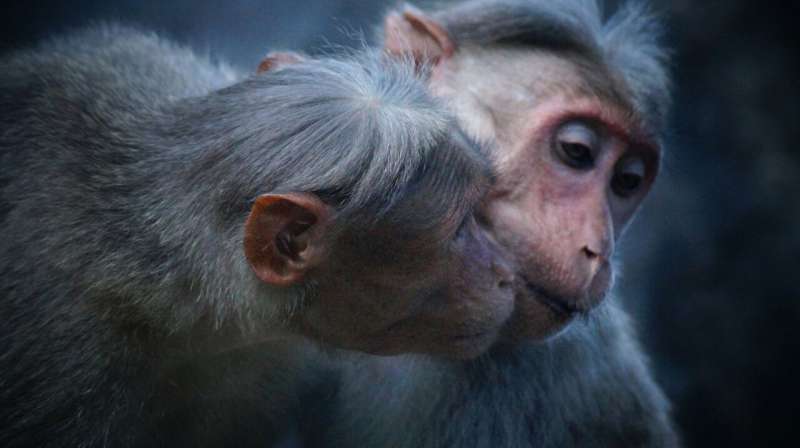June 24, 2024 report
This article has been reviewed according to Science X's editorial process and policies. Editors have highlighted the following attributes while ensuring the content's credibility:
fact-checked
peer-reviewed publication
trusted source
proofread
Analysis of data suggests homosexual behavior in other animals is far more common than previously thought

A team of anthropologists and biologists from Canada, Poland, and the U.S., working with researchers at the American Museum of Natural History, in New York, has found via meta-analysis of data from prior research efforts that homosexual behavior is far more common in other animals than previously thought. The paper is published in PLOS ONE.
For many years, the biology community has accepted the notion that homosexuality is less common in animals than in humans, despite a lack of research on the topic. In this new effort, the researchers sought to find out if such assumptions are true.
The work involved study of 65 studies into the behavior of multiple species of animals, mostly mammals, such as elephants, squirrels, monkeys, rats and racoons.
The researchers found that 76% of the studies mentioned observations of homosexual behavior, though they also noted that only 46% had collected data surrounding such behavior—and only 18.5% of those who had mentioned such behavior in their papers had focused their efforts on it to the extent of publishing work with homosexuality as it core topic.
They noted that homosexual behavior observed in other species included mounting, intromission and oral contact—and that researchers who identified as LGBTQ+ were no more or less likely to study the topic than other researchers.
The researchers point to a hesitancy in the biological community to study homosexuality in other species, and thus, little research has been conducted. They further suggest that some of the reluctance has been due to the belief that such behavior is too rare to warrant further study.
The research team suggests that homosexuality is far more common in the animal kingdom than has been reported—they further suggest more work is required regarding homosexual behaviors in other animals to dispel the myth of rarity.
More information: Karyn A. Anderson et al, Same-sex sexual behaviour among mammals is widely observed, yet seldomly reported: Evidence from an online expert survey, PLOS ONE (2024). DOI: 10.1371/journal.pone.0304885
Journal information: PLoS ONE
© 2024 Science X Network




















